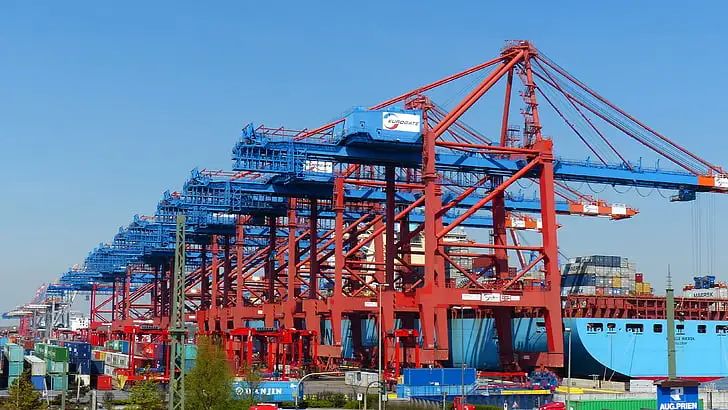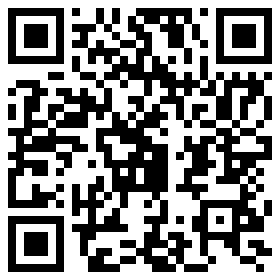Customs inspection refers to the administrative law enforcement act of the customs, after accepting the declaration from the customs declaration unit, to determine whether the nature, origin, condition, quantity, and value of the inbound and outbound goods are consistent with the detailed information filled in the goods declaration form in accordance with the law, and to conduct actual inspection of the goods.
Inspection process
1. After the customs confirms the inspection, the customs officer receiving the order on site shall print the Inspection Notice, and if necessary, make the inspection seal and submit it to the customs broker.
2. Arrange the inspection plan, and the on-site customs inspection acceptance position will arrange the specific inspection time. Generally, the inspection plan for the next day will be arranged on the same day.
3. When the customs inspects the goods, the consignee of import goods, the consignor of export goods or its authorized customs broker shall be present and be responsible for assisting in moving the goods, opening and resealing the packaging of the goods. When deemed necessary by the customs, they may conduct direct inspections, re inspections, or take samples of the goods.
After the inspection is completed, the accompanying personnel shall sign and confirm on the Inspection Record Form.
Inspection method
1. Thorough inspection refers to the unpacking (packaging) of goods one by one, and a detailed verification of the variety, specifications, quantity, weight, and condition of the goods in the country of origin with the goods declaration form.
2. Random inspection refers to the selective unpacking and random inspection of goods in a certain proportion, which must be unloaded. The degree of unloading and unpacking ratio shall be based on the requirements of inspection instructions that can determine the product name, specifications, quantity, weight, etc. of the goods.
3. Appearance inspection, verifying the packaging, markings, trademarks, etc. of the goods. Appearance inspection is only applicable to goods that are difficult to handle and move, such as large machines and bulk raw materials. In addition, customs also fully utilizes technological means to cooperate with inspections, such as inspection facilities and equipment such as weighbridges and X-ray machines.

Inspection purpose
1. By verifying the actual import and export goods and customs declaration documents, verify whether the declared content in the declaration process is consistent with the inspected documents and goods. Through actual inspection, it is found that there are no smuggling violations or other import and export issues that cannot be discovered in the declaration review process, such as concealment, false reporting, and false declaration.
2. Through inspection, the doubts raised during the declaration and review process can be verified, providing a reliable regulatory basis for taxation, statistics, and subsequent management.
Inspection location
1. Generally, inspections are conducted at import and export ports, docks, stations, airports, post offices, or other supervised places within the customs supervision area.
2. For import and export bulk cargo, dangerous goods, fresh goods, and goods transported by barge, upon the application of the import and export consignee or shipper, the customs may also inspect and release them at the operation site.
In special circumstances, upon the application of the import and export consignee or their agent, and with the approval of customs review, personnel may also be dispatched to factories, warehouses, or construction sites outside the designated places to inspect the goods.
Inspection direction
1. Check the product name
What is more prone to errors here is that product scientific and common names are easily mistaken, and secondly, the Chinese product name translated from multiple meanings of English words sometimes does not match the actual product name.
2. Verify specifications
It is easy to make mistakes that some factory customers have printed the packaging specifications for cardboard boxes, and there are many different specifications that require a larger and a smaller one. Then there are two specifications for irregular product lengths, one above and one below.
3. Check quantity
The total quantity that is prone to errors is often underreported and oversupplied, especially for tax refunds. The reason for frequent errors here is that the customs declaration documents are prepared in advance, and there are changes in the data during container loading, but they are forgotten to be updated.
4. Check the weight
There are two areas where weight is more prone to errors. The difference between the gross and net weight of bulk goods and the actual weight exceeds 3% -5%. The second is products priced by weight. Many customers are accustomed to using the formula of subtracting net weight from gross weight and dividing by the number of pieces, which does not exceed 1 or 2 kilograms, to calculate the net weight backwards, resulting in discrepancies with the actual net weight.
5. Check the number of pieces
A common mistake is that the tailstock, samples, and gifts are not included in the calculation.
6. Check the shipping mark
Some products have labels, some do not, and some labels will reflect some product and logo information. If there are any, they must be reflected on the customs declaration form.
7. Check for infringement
This is something that everyone understands. Please distinguish between imitation labels, factory labels, hanging labels, R logos, and logos.

8. Check the destination of production
It is the source of goods. Some factories may disclose information about the product's source of goods or advertising information during packaging, especially when it comes to third-party trade. Especially when it comes to third-party trade in Russia, Singaporean companies buy goods from China and sell them to Russian buyers whose suppliers are not clear. Do not make mistakes in the random origin information, otherwise customs clearance will not be possible.
9. Check and classify
It is easy to make mistakes when checking the accuracy of customs codes. For example, tablets with call functions should be classified as mobile phones rather than tablets.
10. Check old and new
Many old things cannot be exported, and the ones that are prone to errors are flat cabinets and open top cabinets. Being exposed to rain in the open air can easily lead to people mistakenly judging them as old, and there are also many things in immigration cabinets that are old.
11. Check prices
Each item of goods imported and exported by the customs has a corresponding code in the customs system, which generally has two price ranges. One is the local export port price range, and the other is the nationwide price limit range. Especially when importing, the price review is particularly strict, and when exporting, it is relatively good.
12. Sampling and inspection
This type of chemical product is relatively rare and usually cannot be determined by the naked eye, requiring testing.
13. Check the vehicle body
During transportation between China and Hong Kong, check the container trucks that are used to transport containers.
14. Check the box
When inspecting the container, there is basically no careful inspection, and no problems can be found. Generally, when inspecting special containers, it is necessary to carefully inspect them.
15. Is it hidden
Is it about carrying something that the factory has not produced or has not reported.
Source: Souhang Network






